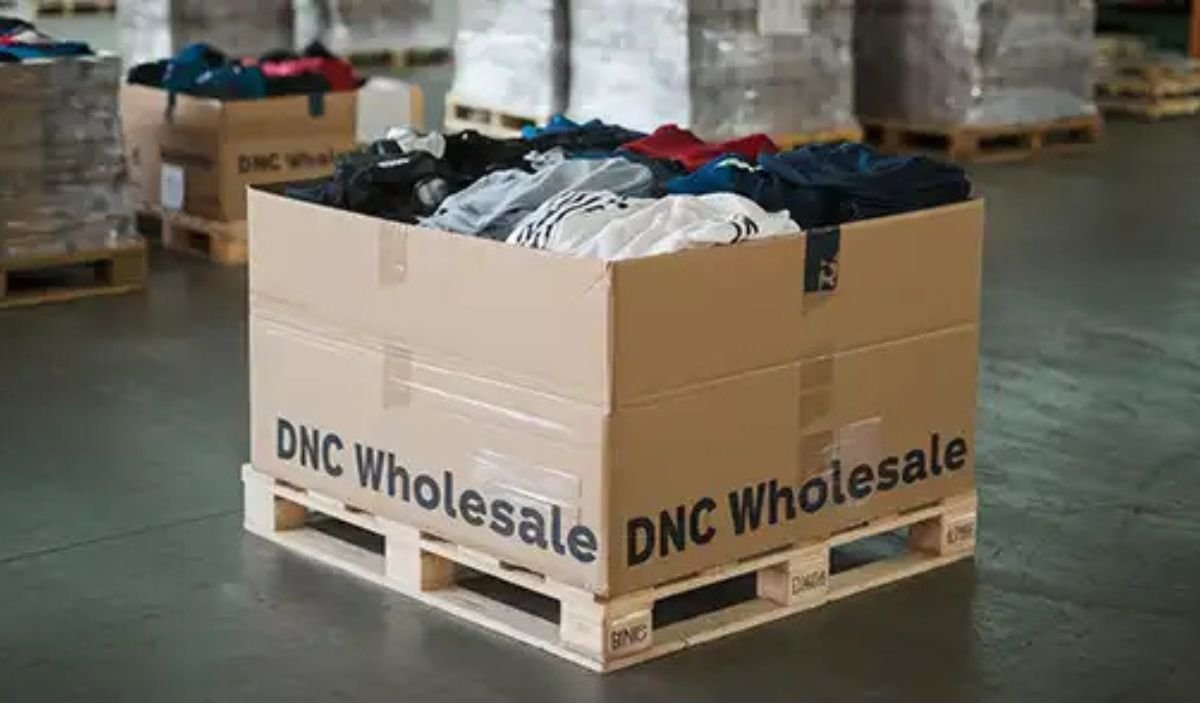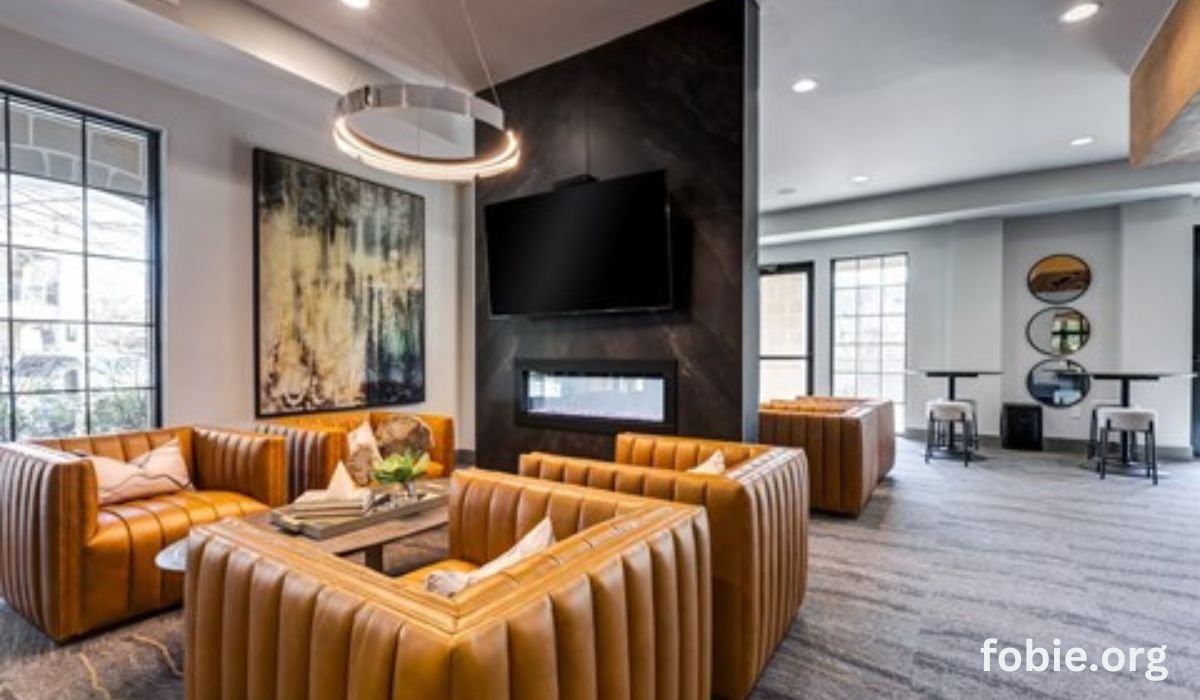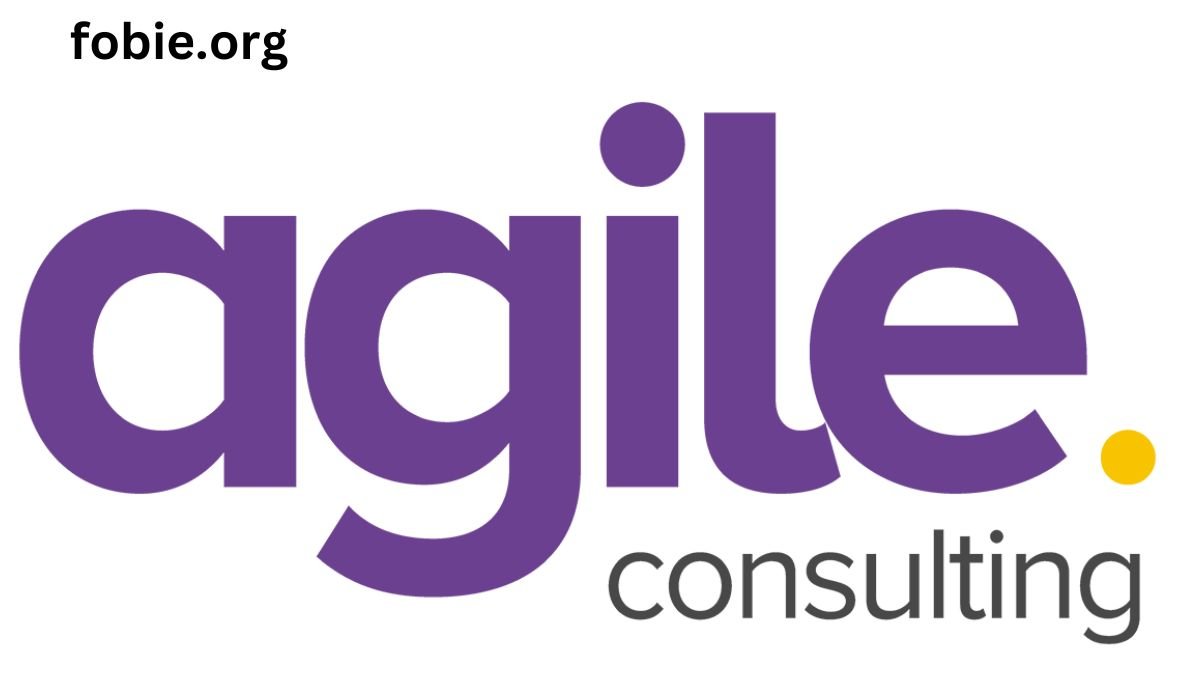Understanding the ins and outs of acquiring wholesale pallets is pivotal for businesses eager to optimize their inventory strategies. These pallets frequently contain high-demand products from major retailers, liquidators, or niche suppliers, often sold in bulk at reduced prices. The appeal of wholesale pallets lies in their potential for significant cost savings, but this potential can only be unlocked with careful selection and strategic planning. By following a few well-established tips, companies can maximize their returns and minimize the risks of this popular inventory acquisition method.
Understanding Wholesale Pallets
Wholesale pallets are intriguing in their diversity. Each pallet may include a range of products — from electronic gadgets to apparel — and the condition of these products can vary widely, from brand-new to slightly used or returned items. This variability is both a challenge and an opportunity; understanding it is the key to successful buying. Businesses often look to wholesale pallets to replenish stock rapidly, introduce new product lines, or leverage the bulk-buying principle for attractive discounts. However, the very nature of bulk sales means that one needs to be meticulously aware of what the pallet encompasses.
Research and Compare
A thorough research phase forms the bedrock of any successful pallet purchase. The market has become saturated with many vendors offering wholesale pallets, making distinguishing between suppliers more critical. Compare offerings across multiple vendors by examining their product listings, pricing, and customer feedback. Use reputable sources such as Forbes for unbiased reviews and comparative insights into the buying landscape. Such resources can give buyers a nuanced understanding of vendor reliability, typical price ranges, and standard market practices.
Know What to Look For
Detailed manifests are the guiding star of informed wholesale pallet purchasing. These documents provide a breakdown of the products, their conditions, and often their market value. Buying a pallet without such information can lead to surprises—some pleasant, but many potentially costly. Pallets accompanied by comprehensive manifests tend to offer greater transparency and lower buyer risk. By analyzing the manifest, buyers can make educated guesses about a pallet’s profitability and align their purchases with business needs and market demands.
Consider the Source
The provenance of a pallet is crucial, affecting both the quality and variety of its contents. Pallets sourced from prominent retailers often carry a reputation for reliable quality and a wide array of offerings. These pallets may come loaded with high-demand, recognized brands that attract customers easily. Conversely, sourcing pallets from specialized suppliers might yield more niche products. Regularly engaging with current retail trends and supplier reputations via resources like the New York Times can provide an edge, helping to anticipate which sources will likely deliver the best value and meet unique business criteria.
Evaluate Cost vs. Value
Affordability in wholesale pallets is multifaceted; the apparent price tag may reflect something other than the true cost-effectiveness. To navigate this, evaluating the potential resale value or usability of each item on the pallet is crucial. Purchasing an ostensibly low-cost pallet could prove costly if the items do not sell or carry hidden defects. This stage involves a detailed consideration of how the pallet fits current market demands, the cost of transporting and storing the goods, and anticipated eventual sale profits. A thoughtful cost-benefit analysis can prevent impulsive purchasing and safeguard business profits.
Inspect Before Purchase
Even in an era dominated by e-commerce, the value of physical inspection should not be underestimated. Viewing a pallet in person provides tangible evidence of product condition and offers a clearer picture of potential resale options. Where in-person inspection isn’t possible, high-quality images or video walkthroughs can be suitable alternatives. However, due diligence must extend beyond visuals; checking references, reading customer testimonials, and reviewing vendor transparency in past dealings can offer additional layers of assurance. This thorough vetting process is pivotal in avoiding missteps and ensuring expectations match reality.
Choosing the Right Partner
Your choice of supplier is not just about the pallets concealed within their warehouses; it’s about forming strategic alliances. Partnering with a reliable supplier who prioritizes transparency, consistency, and customer service can transform the complexities of wholesale purchases into a streamlined, reliable process. A good supplier acts as a vendor and partner capable of anticipating and meeting your business needs efficiently and effectively.
Staying Informed
In the rapidly evolving landscape of wholesale trade, staying informed is synonymous with staying ahead. Regularly accessing trusted industry publications, joining relevant trading associations, and engaging in professional forums are all strategies that can help maintain awareness of emerging trends, market shifts, and innovative buying strategies. This ongoing learning strategy ensures your company stays competitive, responsive, and flexible.
By integrating these practices into your buying strategy, acquiring wholesale pallets becomes a precise, calculated methodology rather than chance. With attentiveness, effort, and strategic insight, businesses can secure pallets that fulfill their unique goals, leading to long-term success and profitability.











